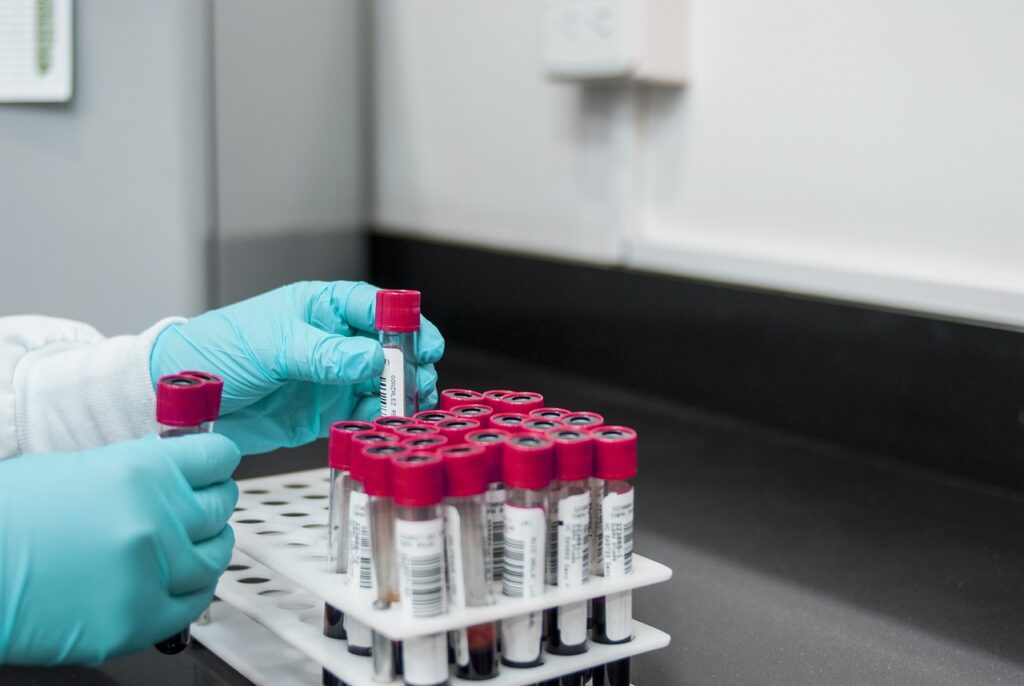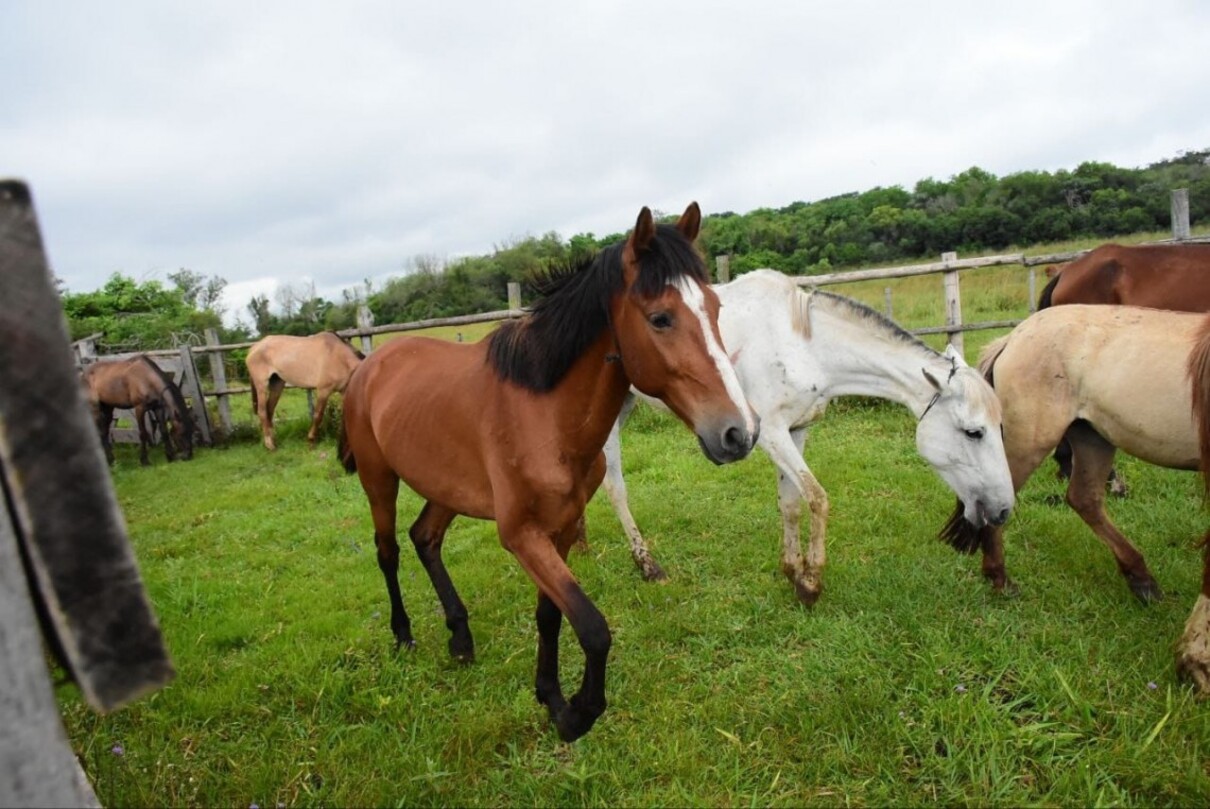Argentinian scientists announced an innovation in veterinary science. They announced the birth of five genetically modified horses: something unprecedented in the country.
The team belongs to the biotechnology company Kheiron Sa. They were obtained using stem cells for CRISPR-Cas9 cloning. They used a small part of a mare’s gene and introduced it into another one.
Innovation: the first genetically modified horses
As reported, the process to achieve these animals was done using stem cells for CRISPR-Cas9 cloning. It is a technique known for its ability to make precise modifications.
For the Argentine biotech project, they used a small part of a mare’s gene and introduced it into another one.
 Genetic development in animals. (Photo: Pixabay).[/caption>
Genetic development in animals. (Photo: Pixabay).[/caption>
“This major scientific development was carried out extremely rigorously, complying with the strict requirements of the National Directorate of Bioeconomy and CONABIA,” stated Gabriel Vichera, scientific director of Kheiron Sa.
The technique
The CRISPR-Cas9 gene editing technique earned Jennifer Doudna and Emmanuel Charpentier the Nobel Prize in Chemistry in 2020.
It allows direct intervention in DNA to correct mutations or improve certain traits of a particular species. In the case of these Argentine horses, the scientists modified the MSTN gene, responsible for regulating muscle growth, to obtain specimens with greater muscle power and speed.
According to Forbes Brasil, this genetic sequence is based on that of an award-winning mare, “Polo Pureza,” included in the Hall of Fame of the Argentine Polo Horse Breeders Association.
The criticisms
The project has the endorsement of the country’s main regulatory bodies, such as the National Directorate of Bioeconomy and the National Advisory Commission on Agricultural Biotechnology (CONABIA).
However, the technique is often criticized by many scientists who point out the ethical implications, especially regarding possible “genetic doping.”
On his part, the CEO and founder of the company, Daniel Sammartino, celebrated being at the “forefront worldwide” thanks to this development. “The technique is innovative and could be used for health improvement and disease correction purposes. We have complied with the appropriate permits and everything is in order,” he emphasized.
 Innovation in horse genetics.[/caption>
Innovation in horse genetics.[/caption>
It is also known that, thanks to CRISPR-Cas9, it is possible to develop drought-resistant wheat and rice more resistant to pathogens, thereby improving global food security.
Have you already checked out our YouTube channel? Subscribe!

